On 15 April 2025, the European Commission unveiled a series of simplifications aimed at facilitating the implementation of the EU Deforestation Regulation. These measures aim to reduce the burden on companies in complying with the Regulation while preserving its environmental objectives.
Background
On 9 June 2023, the European Union published Regulation (EU) 2023/1115 on the making available on the Union market and the export from the Union of certain commodities and products associated with deforestation and forest degradation (the “Deforestation Regulation” or “EUDR”).[1]
Initially, the EUDR requirements were set to apply from 30 December 2024. On 2 October 2024, the Commission proposed postponing the application of the EUDR by one year, shifting the effective date to 30 December 2025, for most operators and traders. For small enterprises, the new effective date will be 30 June 2026.
Under the EUDR, relevant products (derivatives of palm oil, soy, wood, cocoa, coffee, cattle, and rubber, listed in Annexe I of the EUDR) can only be placed or made available on the EU market or exported from the European Union if they meet the following requirements:
- It must be possible to trace the product to the land plot where it was produced/harvested, and such land plot must not have been subject to deforestation or forest degradation after 31 December 2020.
- The production or harvesting of the relevant commodities on the specified land plot must adhere to the applicable laws of the country where the production takes place.
- For each batch of relevant products, an accompanying Due Diligence Statement (DDS) is required. The EU operator or trader is responsible for submitting this DDS to the Information System, following the completion of their own due diligence or the verification that due diligence was previously conducted within the supply chain, in accordance with the EUDR.
To comply with these requirements, EU operators and traders must obtain reliable and verifiable information throughout the supply chain, starting from the producers of the relevant commodities.
The Regulation covers seven commodities: palm oil, soy, wood, cocoa, coffee, cattle, and rubber.
Proposed Changes
- For goods previous imported into the EU, large companies can reuse existing due diligence statements. This reduces the amount of information they need to submit to the IT system upon e-importation.
- An authorized representative can now submit the due diligence statement for an entire group of companies.
- Companies will now be able to submit due diligence statements on an annual basis, rather than for each individual shipment or batch of goods placed on the EU market.
- Large processing companies can benefit from simplified requirements if they prove they have conducted due diligence. Now, a minimal legal action is sufficient: collecting references to their suppliers’ due diligence statement numbers and using these numbers in their due diligence statement. This means there’s no need to collect all the evidence again – it’s enough to refer to what suppliers have already done.[2]
Country Risk Classification
Another important innovation regarding the EUDR implementation mechanism is the Commission Implementing Regulation (EU) 2025/1093[3], adopted on 22 May 2025. It establishes detailed rules for classifying countries based on the risk that the relevant commodities they produce do not comply with the deforestation-free requirements outlined in the EUDR.
Countries (or parts thereof) are classified into low, high, or standard-risk categories based on an objective, transparent assessment by the European Commission. The criteria consider quantitative criteria (deforestation rates, agricultural land expansion, commodity production trends) and qualitative criteria (administrative and political factors). The assessment also relies on the latest scientific evidence and internationally recognised data, including the Global Forest Resources Assessment conducted by the UN Food and Agriculture Organisation.
Operators sourcing commodities from low-risk countries benefit from simplified due diligence requirements, while those sourcing from high-risk countries face stricter controls and a full risk assessment. The Regulation helps focus efforts and resources on geographical areas where deforestation issues are most pressing, and also aims to reduce costs for operators sourcing products from low-risk countries.
The list of countries classified by risk level is published in the annexe to the Regulation and will be regularly reviewed to reflect updated data and scientific evidence. The Regulation entered into force shortly after its publication on 23 May 2025, and has direct effect in all EU Member States.
High-risk countries include Belarus, the Democratic People’s Republic of Korea, Myanmar, and the Russian Federation. All other countries, including Ukraine, have been granted low-risk status.
[1] https://eur-lex.europa.eu/legal-content/EN/TXT/?uri=uriserv%3AOJ.L_.2023.150.01.0206.01.ENG&toc=OJ%3AL%3A2023%3A150%3ATOC
[2] https://ec.europa.eu/commission/presscorner/detail/en/ip_25_1063
[3] https://eur-lex.europa.eu/eli/reg_impl/2025/1093/oj/eng




